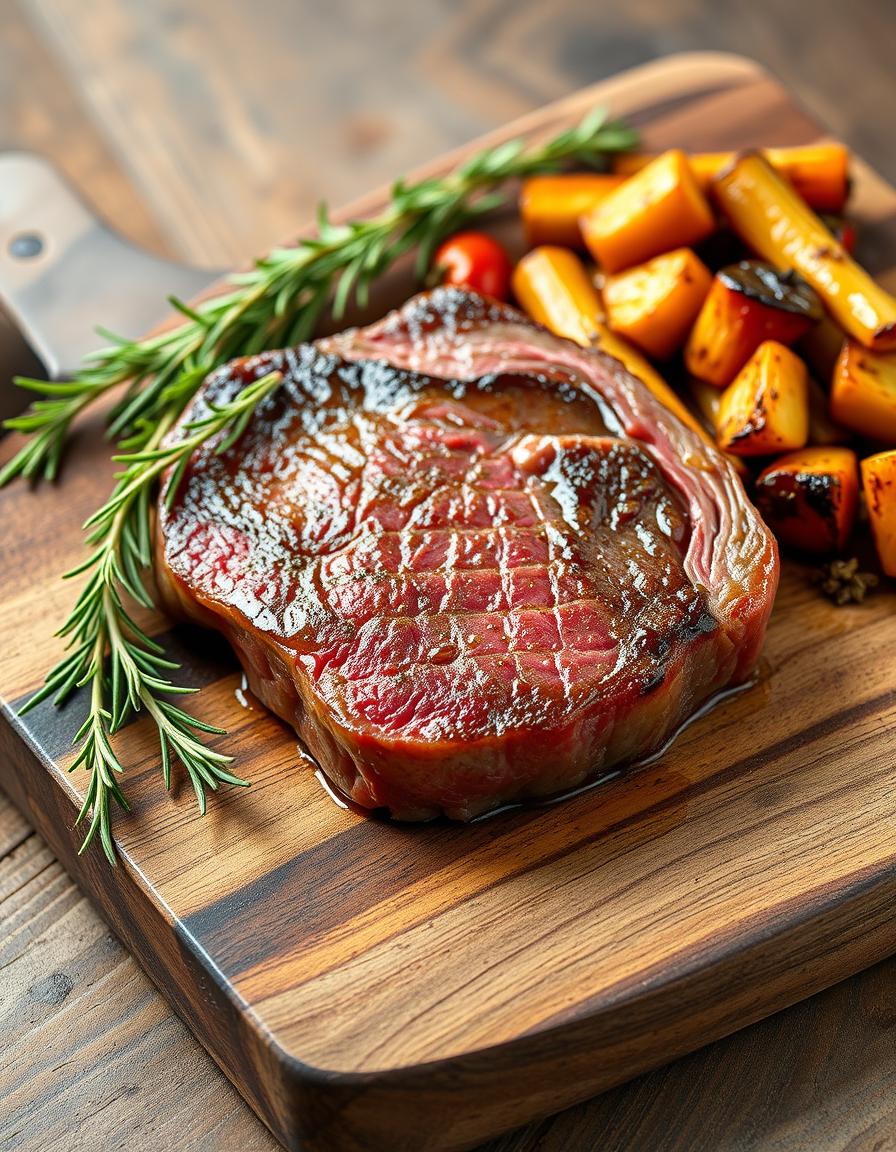Beef lovers often find themselves asking, is eye fillet lean or fatty? This cut holds a special place on many dinner plates, prized for its tenderness and taste. But if you’re watching your fat intake or simply curious about what you’re eating, understanding the nature of the eye fillet can make your meal choices easier and healthier.
What Is Eye Fillet?
The eye fillet, also known as the tenderloin, is a long, narrow muscle located near the spine of the cow. It’s famous for being the softest cut of beef available. Because the muscle does very little work, it remains tender and fine-grained. Most steak lovers cherish eye fillet steaks for their melt-in-the-mouth texture.
However, tenderness doesn’t always tell the full story about fat content, so let’s explore the question of whether it’s a lean or fatty cut.
Is Eye Fillet Lean or Fatty?
In simple terms, eye fillet is considered a lean cut of beef. It contains much less fat compared to other popular cuts like ribeye or T-bone steaks. This makes it an excellent choice if you’re looking to enjoy a delicious steak with fewer calories and less saturated fat.
To get a clearer picture, let’s look at the typical fat content found in eye fillet compared to other common beef cuts:
| Beef Cut | Fat Content (per 100g) | Fat Classification |
|---|---|---|
| Eye Fillet (Tenderloin) | 5-7g | Lean |
| Ribeye | 20-25g | Fatty |
| Sirloin | 8-12g | Moderate |
| Chuck | 15-18g | Fatty |
As you can see, the eye fillet falls comfortably into the lean category, with significantly less fat than juicier, more marbled cuts like the ribeye.
Why Is It Lean?
The main reason eye fillet is lean has to do with its function in the animal’s body. This muscle doesn’t get much exercise, so it doesn’t develop tough fibers or a lot of fat. Unlike muscles around the shoulder or rib area that support heavy lifting and movement, the tenderloin just quietly does its thing. This results in a tender texture and low fat content.
How Does This Affect Cooking?
Because it’s lean, eye fillet can dry out if overcooked. The lack of fat means there’s less natural moisture to keep the meat juicy during high heat cooking methods like grilling or pan-frying. That’s why many chefs recommend cooking eye fillet to medium-rare or medium and using techniques that add moisture, such as wrapping in bacon or serving with sauces.
Health Benefits of Choosing a Lean Cut Like Eye Fillet
Eating lean beef can be part of a heart-friendly diet. Less fat means fewer calories and reduced saturated fat intake, both important for maintaining healthy cholesterol levels. Eye fillet delivers a good source of protein and essential nutrients like iron and zinc, without the extra fat load.
Compared to fattier cuts, it’s easier to control portion sizes and calorie intake with lean beef. If you’re focusing on weight control or reducing fat for health reasons, choosing eye fillet can help you meet those goals without sacrificing flavor.
- Low in saturated fat
- Rich in high-quality protein
- Good source of vitamins and minerals
- Suitable for many diet plans
Tips for Cooking Eye Fillet to Retain Juiciness
- Cook to medium-rare to medium doneness.
- Use marinades to add moisture and flavor.
- Rest the meat after cooking to allow juices to redistribute.
- Wrap in bacon or use sauces to complement the mild flavor.
Remember, even though eye fillet is lean, it does need gentle handling in the kitchen to shine.
Comparing Eye Fillet to Other Cuts
When deciding on a steak, it helps to compare the eye fillet to other options based on fat content and flavor profile.
| Cut | Flavor | Fat Content | Texture |
|---|---|---|---|
| Eye Fillet | Mild | Lean | Very Tender |
| Ribeye | Rich, Beefy | Fatty | Juicy, Tender |
| Sirloin | Beefy | Moderate | Firm, Tender |
| Chuck | Robust | Fatty | Chewy |
This shows the tradeoff between flavor and fat. Eye fillet has less fat, which means less flavor-rich marbling, but its tenderness is unmatched.
Is Eye Fillet a Good Choice for Everyone?
Because eye fillet is lean, it is a great choice for most people. If you are watching your diet or heart health, it’s a safer bet than fattier cuts. However, if you love bold, juicy flavors, you might miss the richness fat provides.
Still, with the right preparation, eye fillet can be a delicious, healthy, and satisfying meal. Plus, its mild flavor makes it a versatile partner for a variety of seasonings and sauces.
Outdoors enthusiasts might enjoy the analogy that cooking eye fillet requires the same care as building a perfect structure — attention to detail without overdoing it. Speaking of building, if you have questions about constructing something solid and streamlined, check out this Wood Shed Lean guide to ensure your project is both sturdy and neat.
Conclusion
To sum it up, is eye fillet lean or fatty? The answer is that eye fillet is one of the leanest cuts of beef you can find. Its low fat content, combined with tender meat, makes it a popular choice for health-conscious eaters and steak lovers alike. While it may lack the heavy marbling that fattier cuts boast, its mild flavor and softness offer a unique dining experience.
Choosing eye fillet means enjoying a steak that’s easier on calories and saturated fat without giving up quality protein or essential nutrients. Just be sure to cook it gently and consider adding moisture to keep it juicy. Whether you’re after a healthy meal or a special treat, eye fillet is a dependable and tasty option worth considering.

Hardik is the visionary founder and driving force behind Leanry.com, a platform committed to empowering individuals through reliable health information, wellness tips, and actionable content for a healthier lifestyle.

